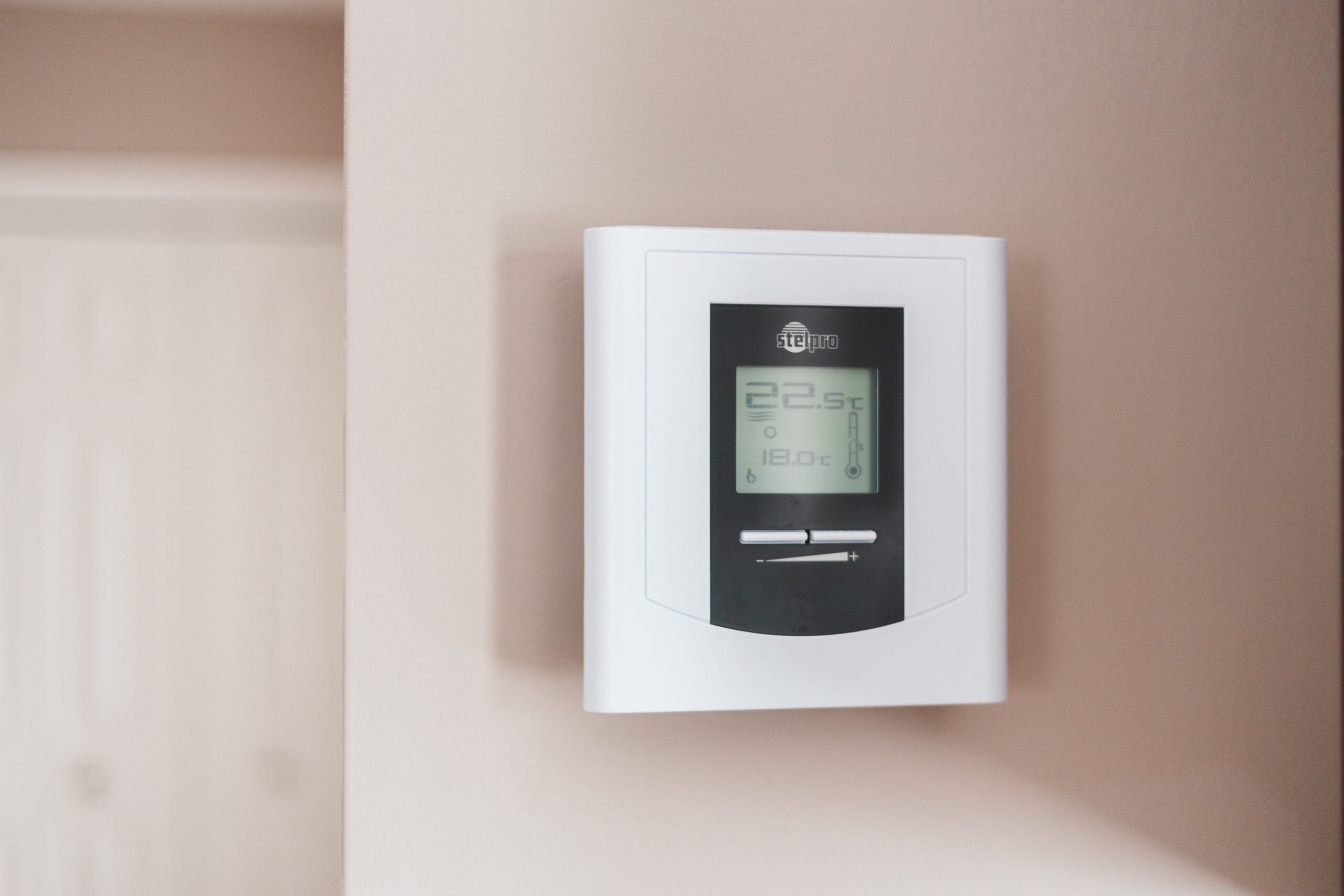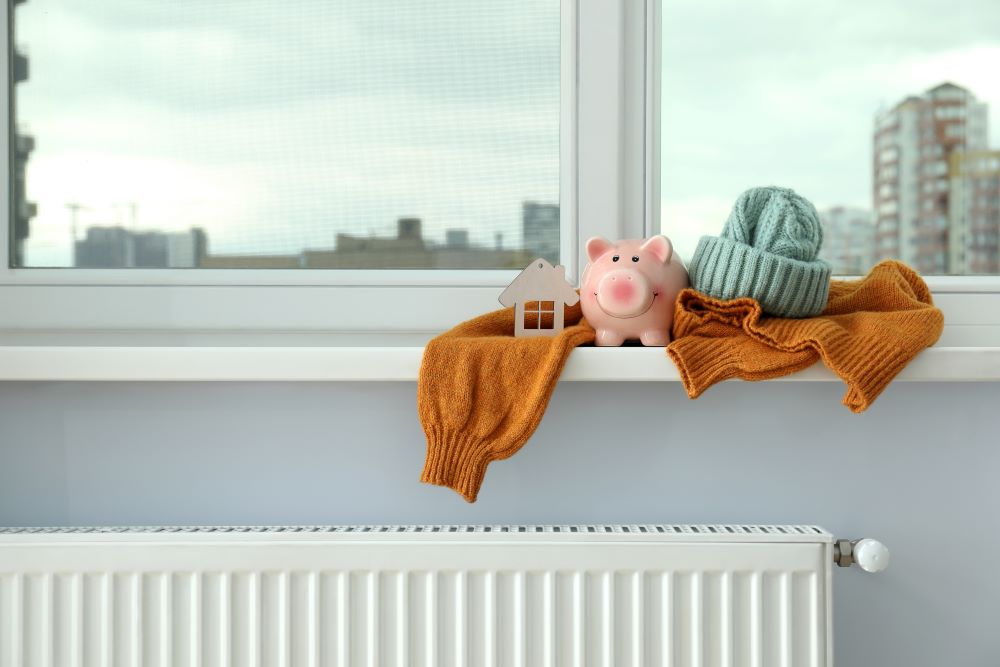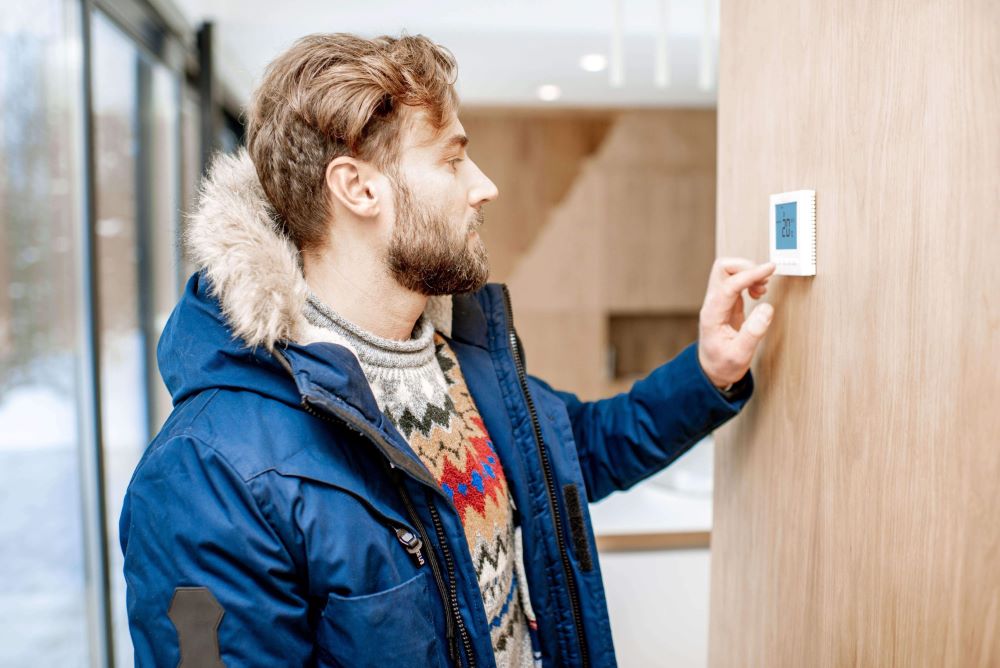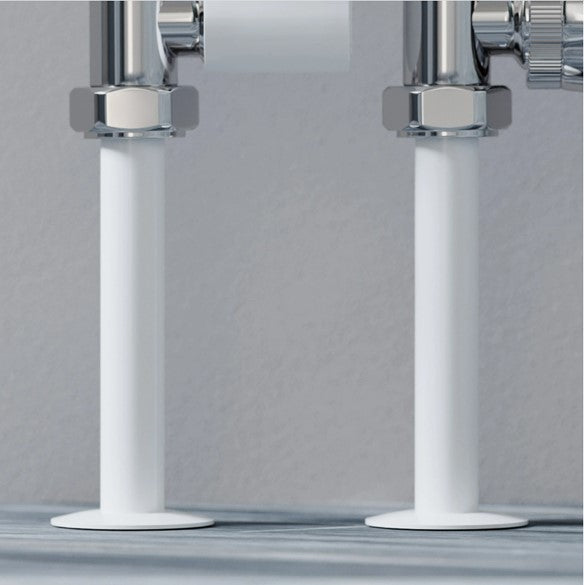
What Is The Ideal Temperature For Your Home?
Note: It’s important if any of the below apply to you or your family you should seek advice from a healthcare professional as opposed to following our general guidelines (or any other guidelines found online from non-healthcare professionals) as the temperature of your home can play a big role in your health and wellbeing.- There is someone in the home aged 65 and older
- You have babies, toddlers, young children or are pregnant
- There is someone in your home with a health condition
- There is someone in the home with a disability
- There is someone in your home with a mental health condition










